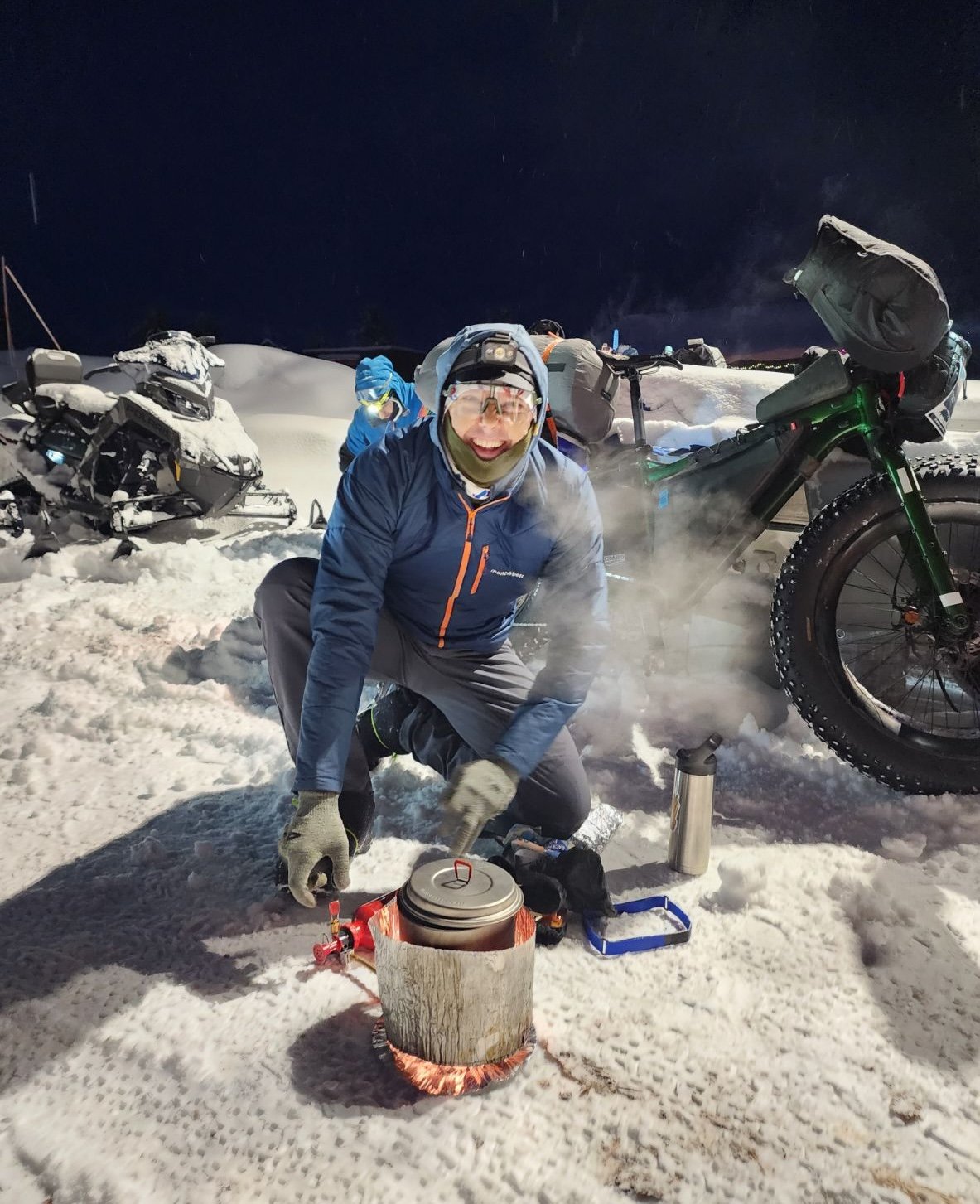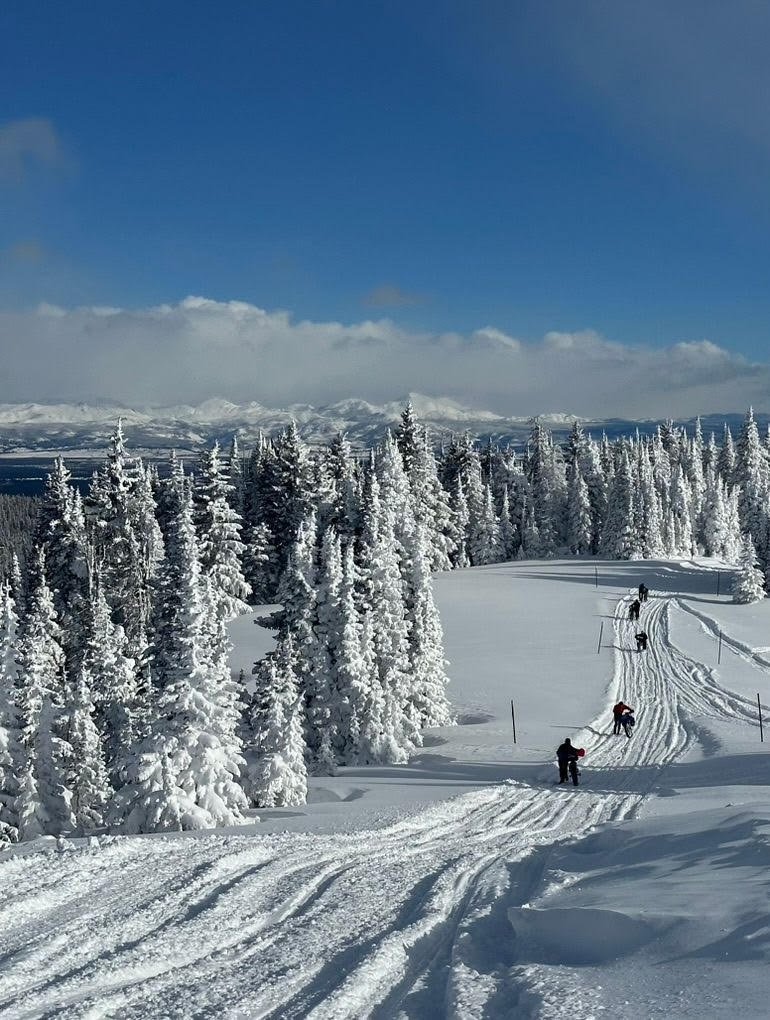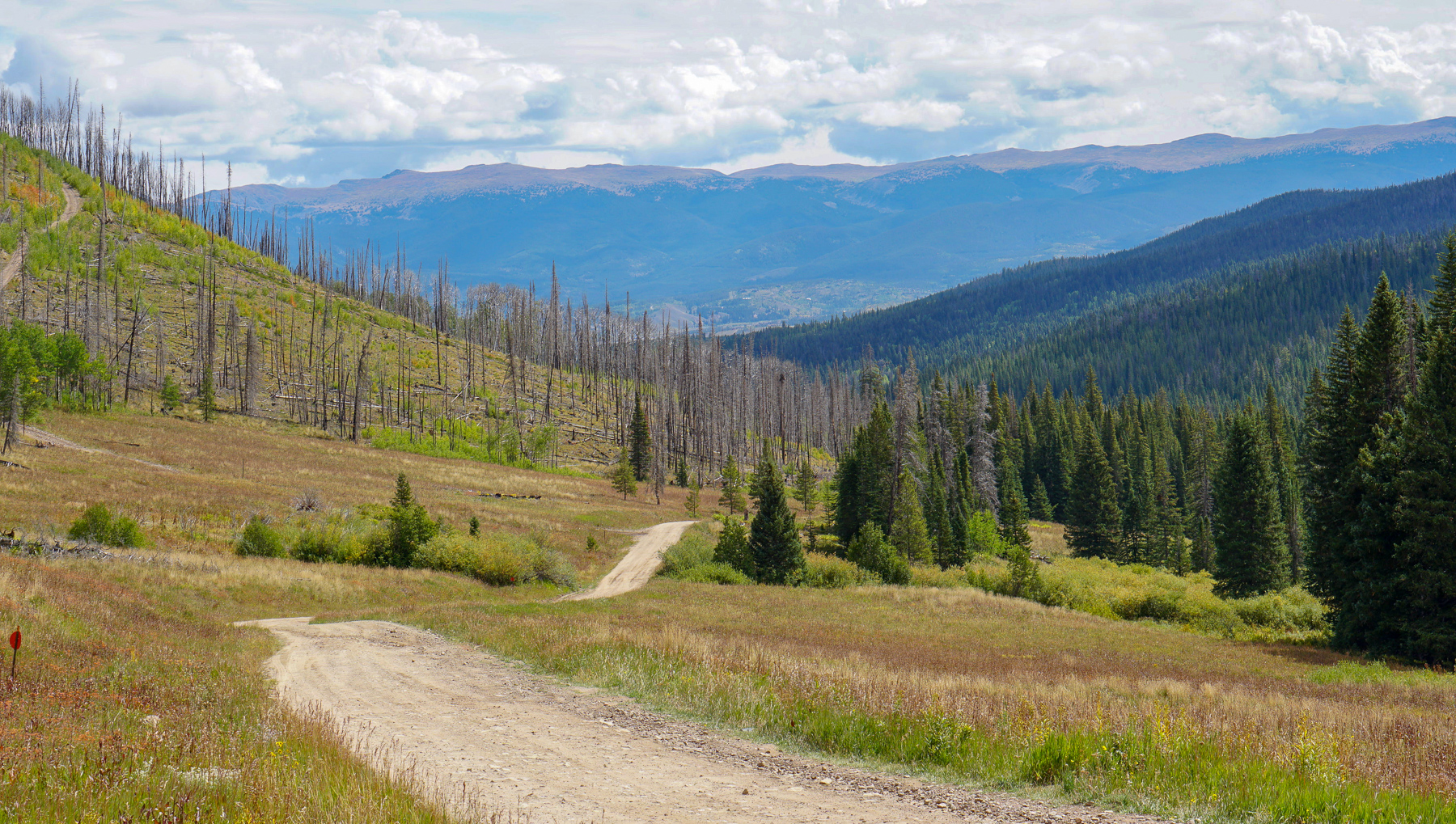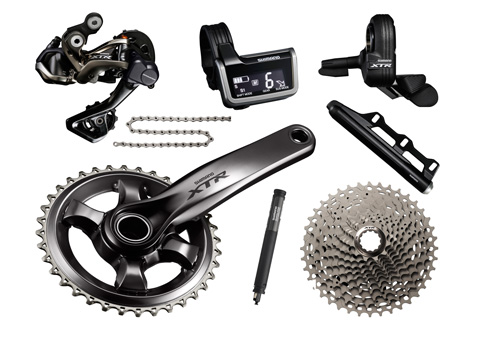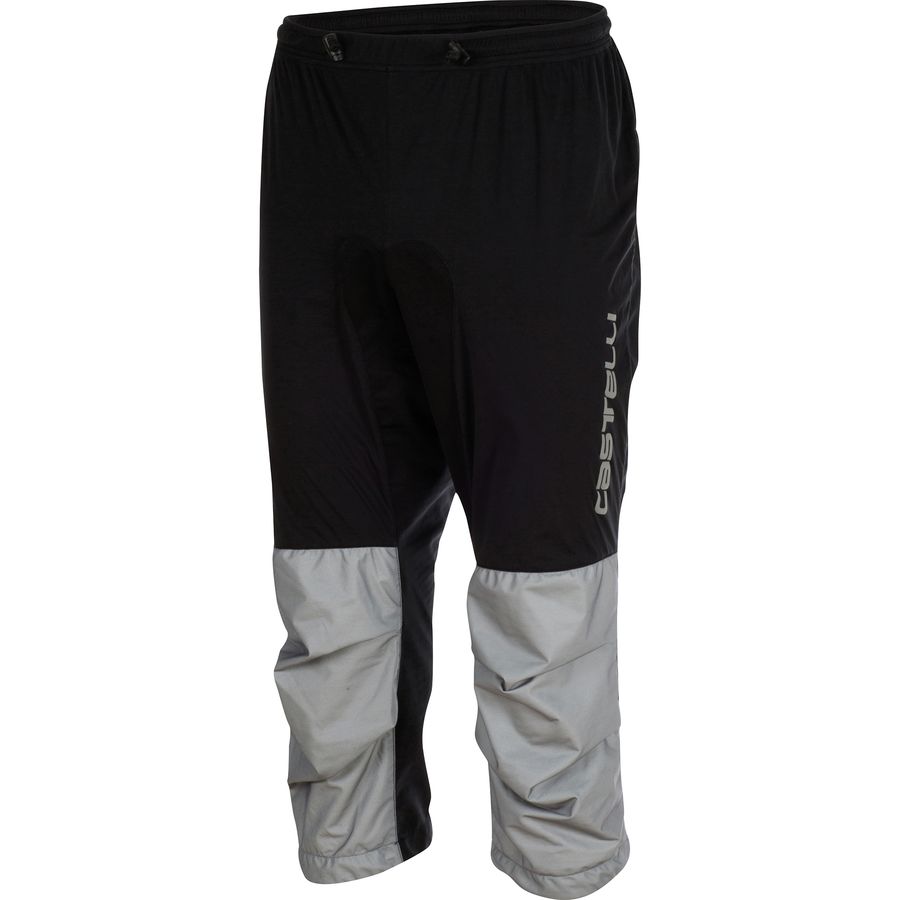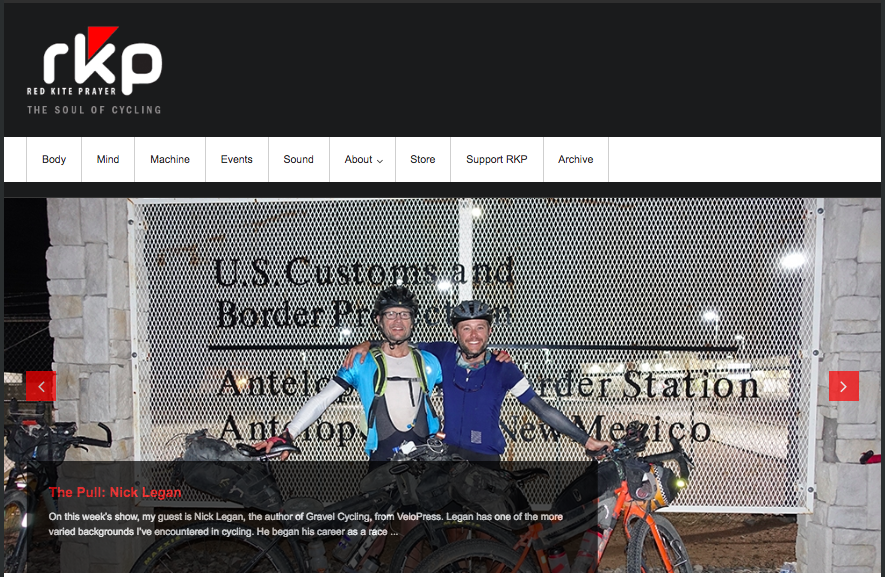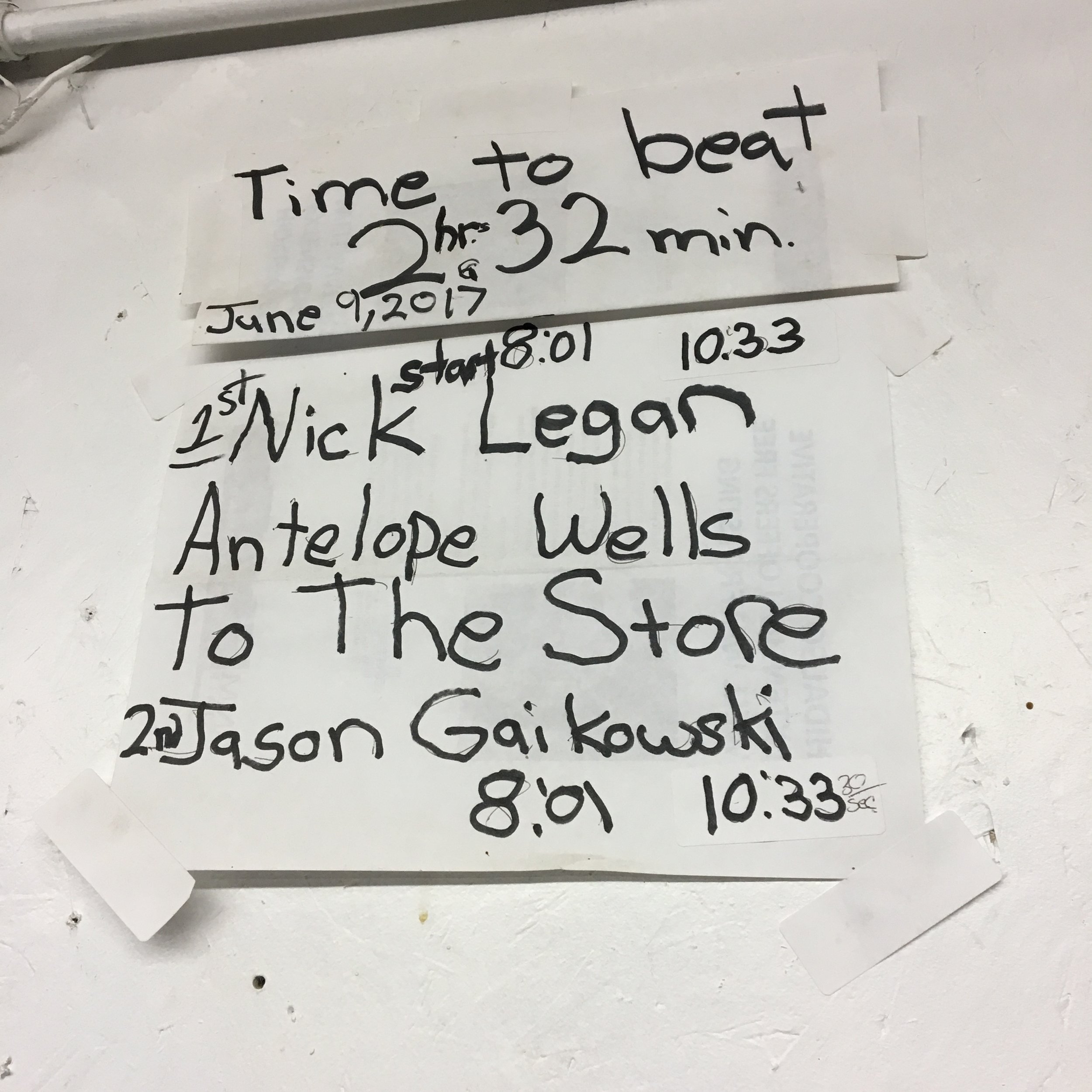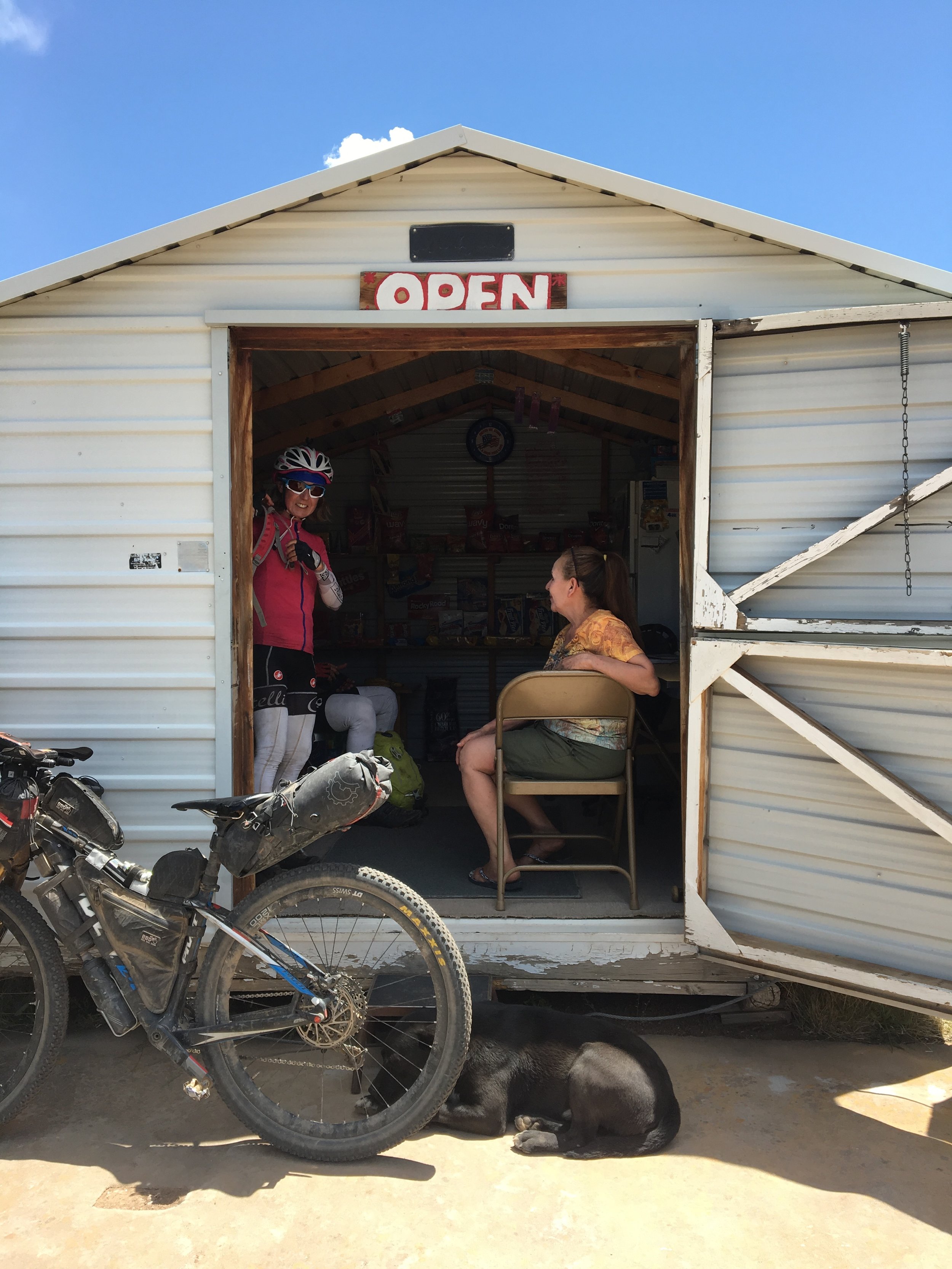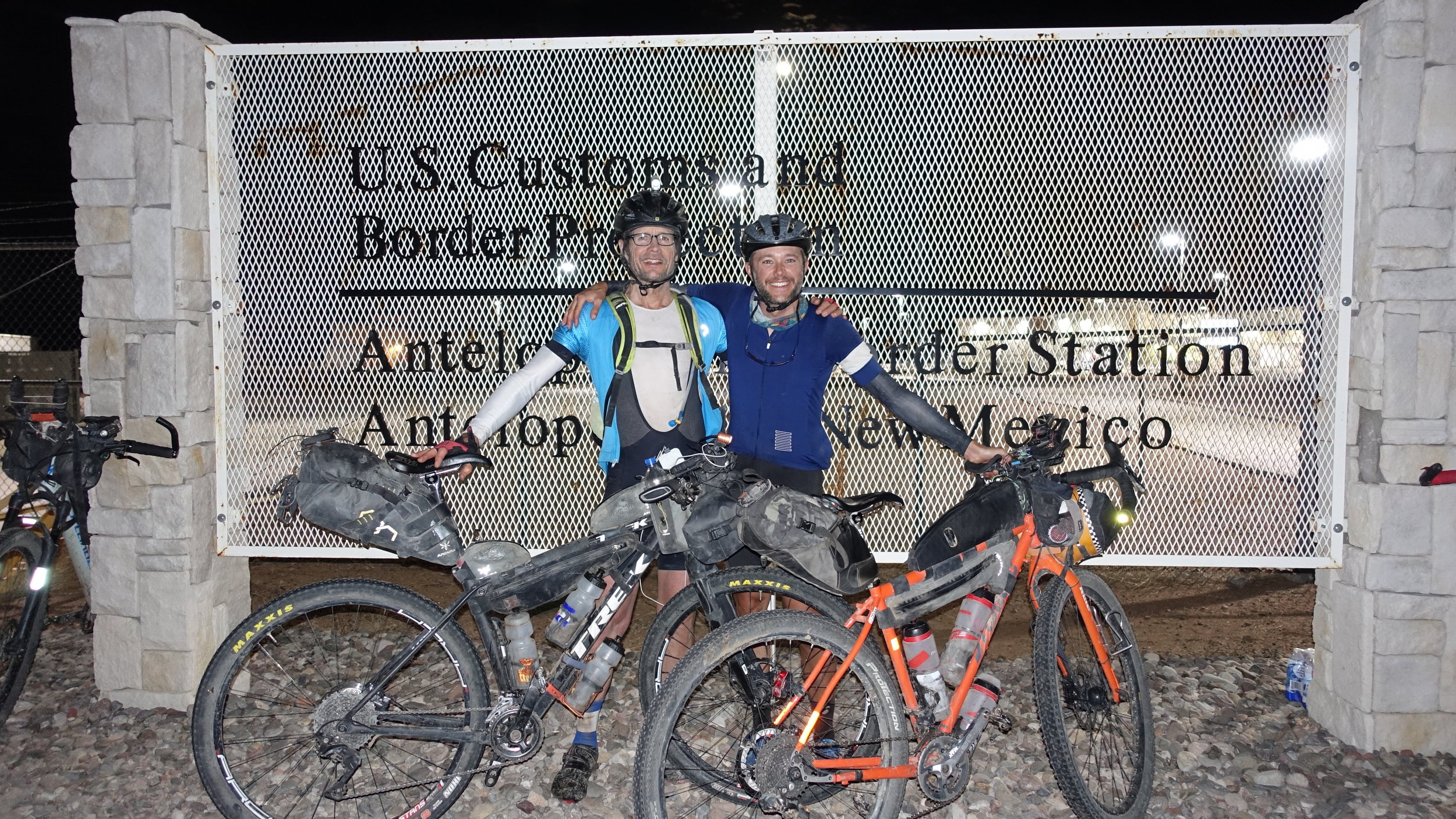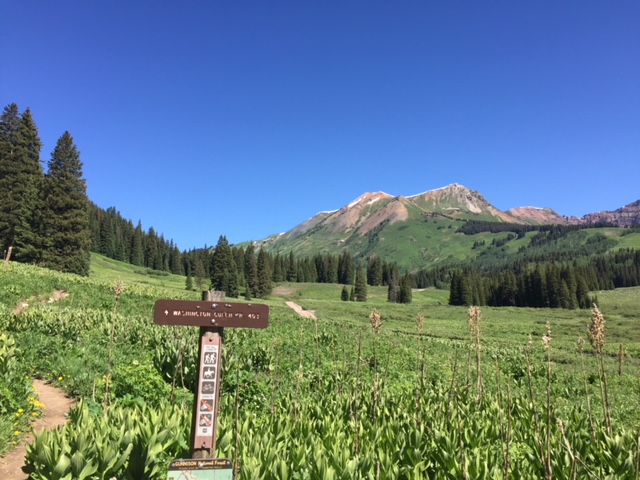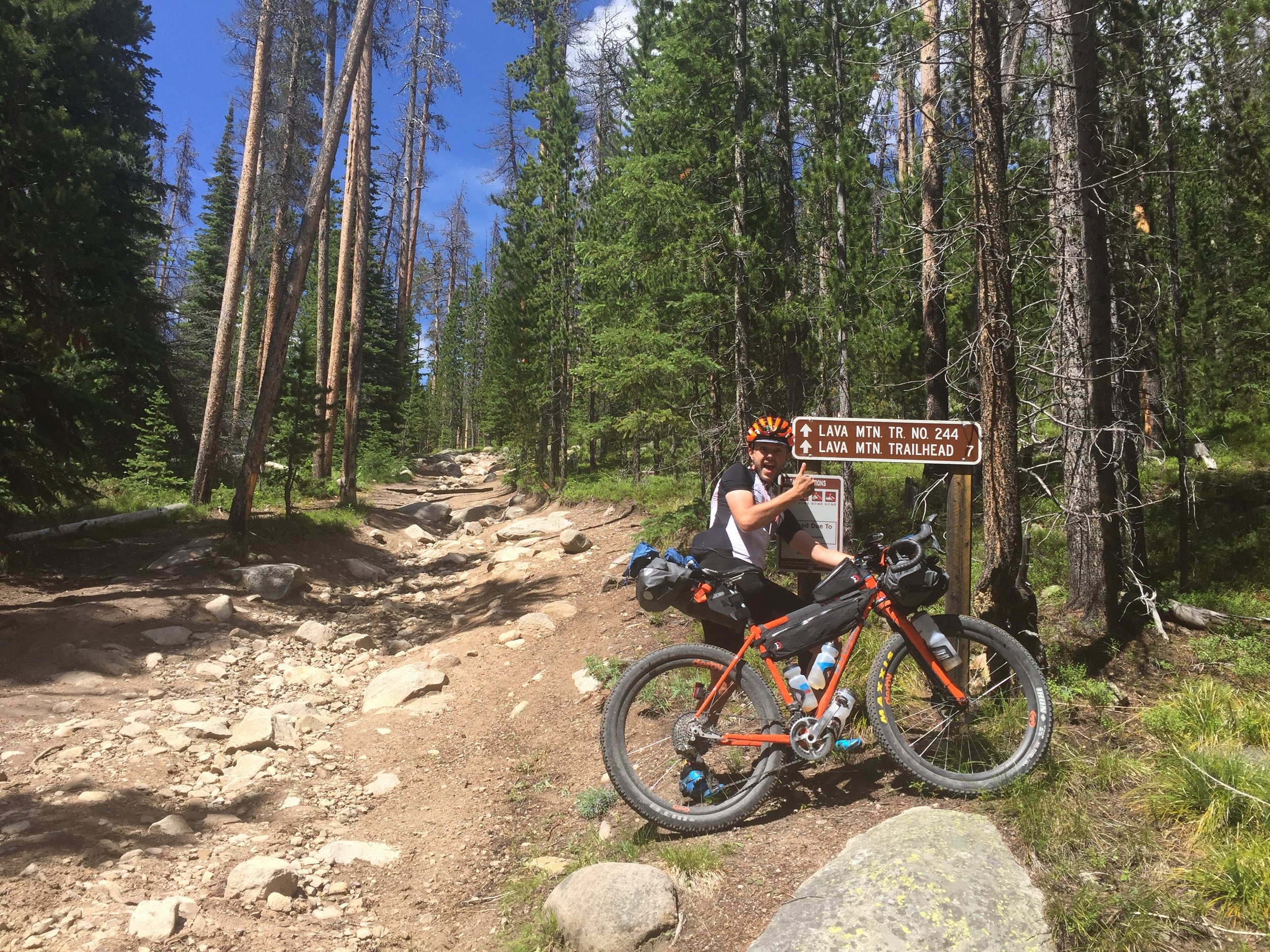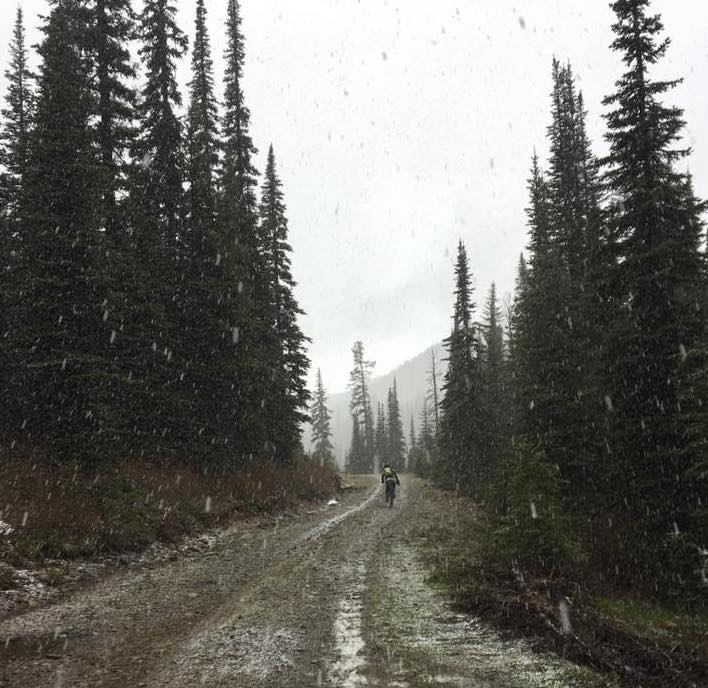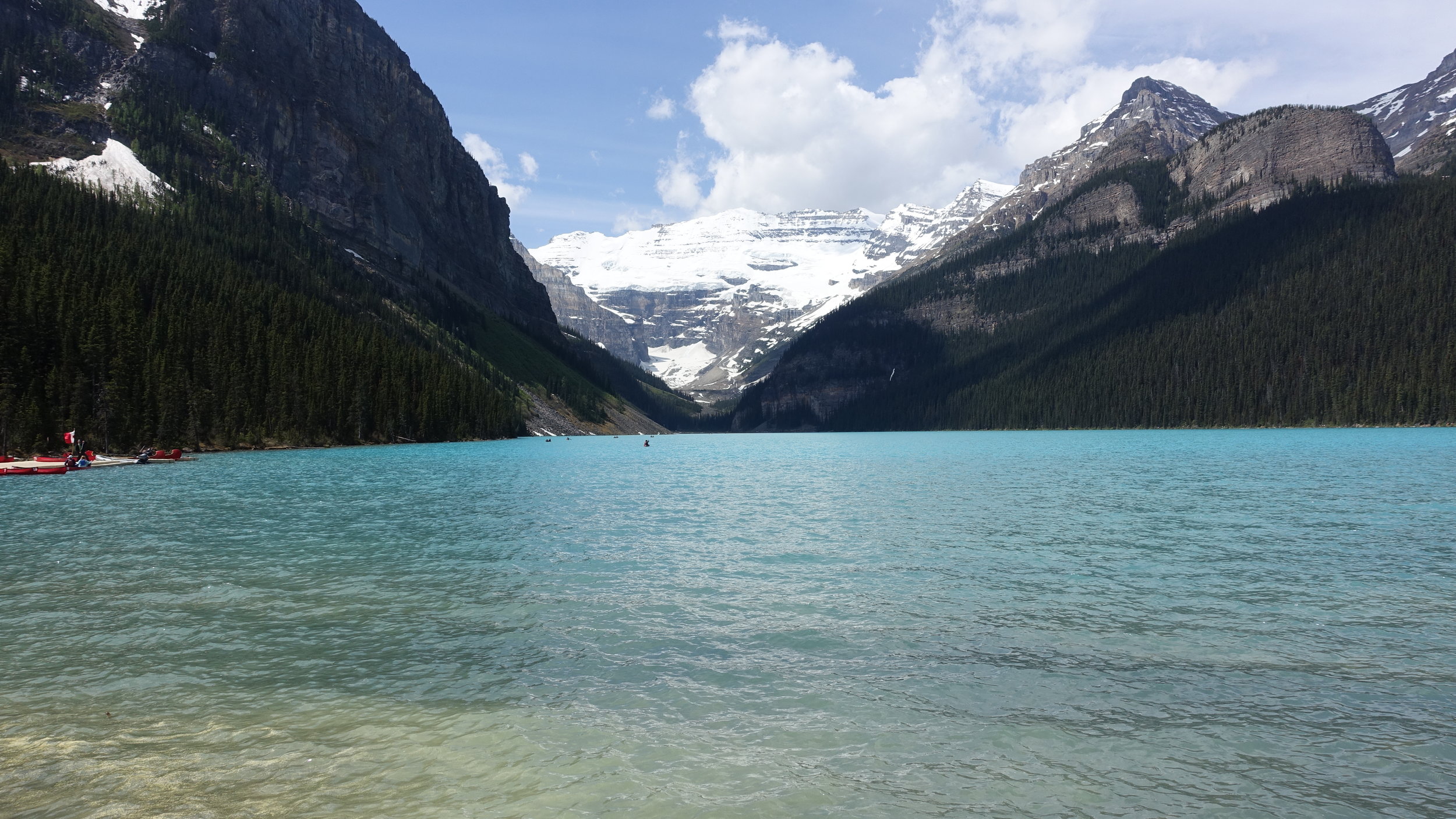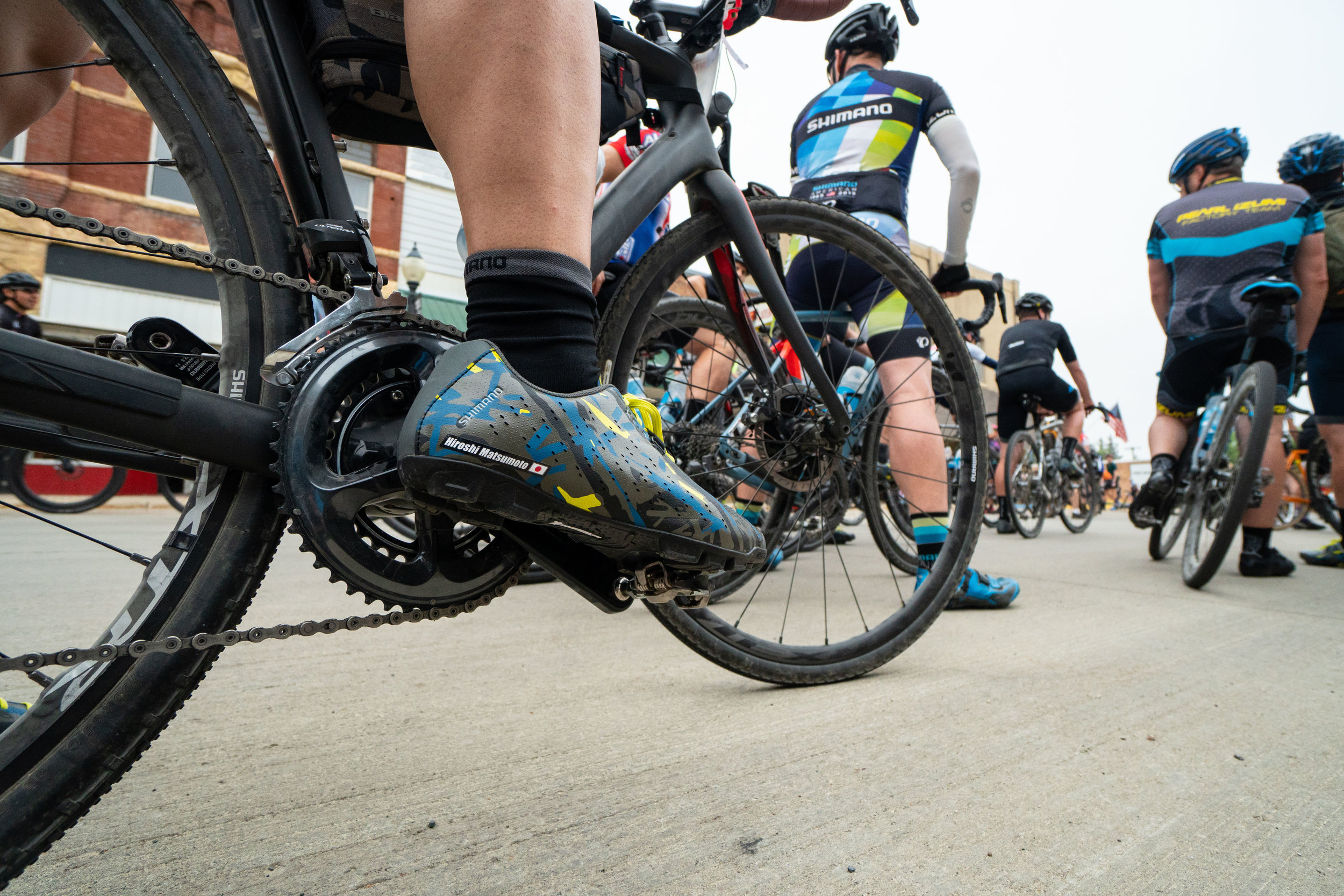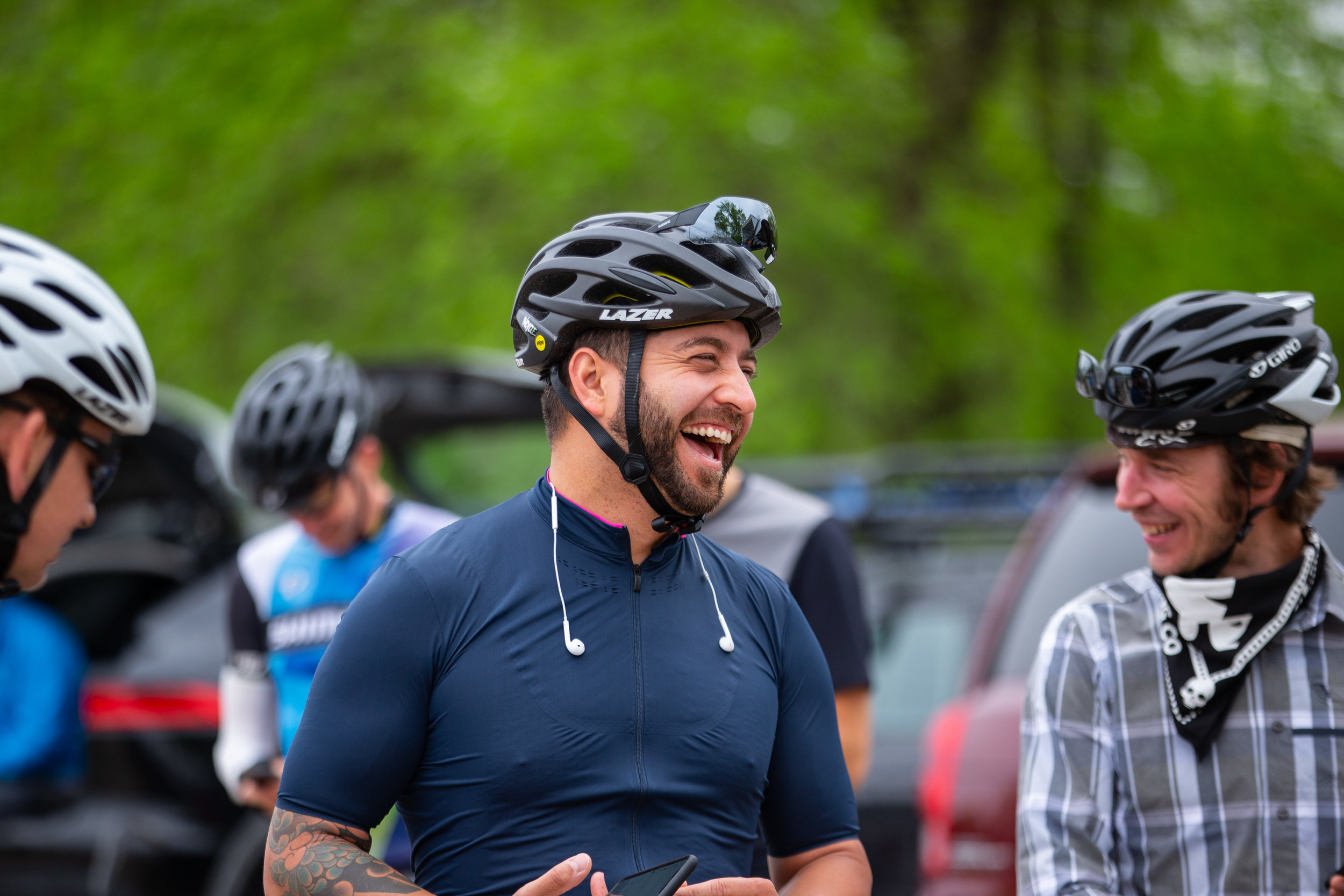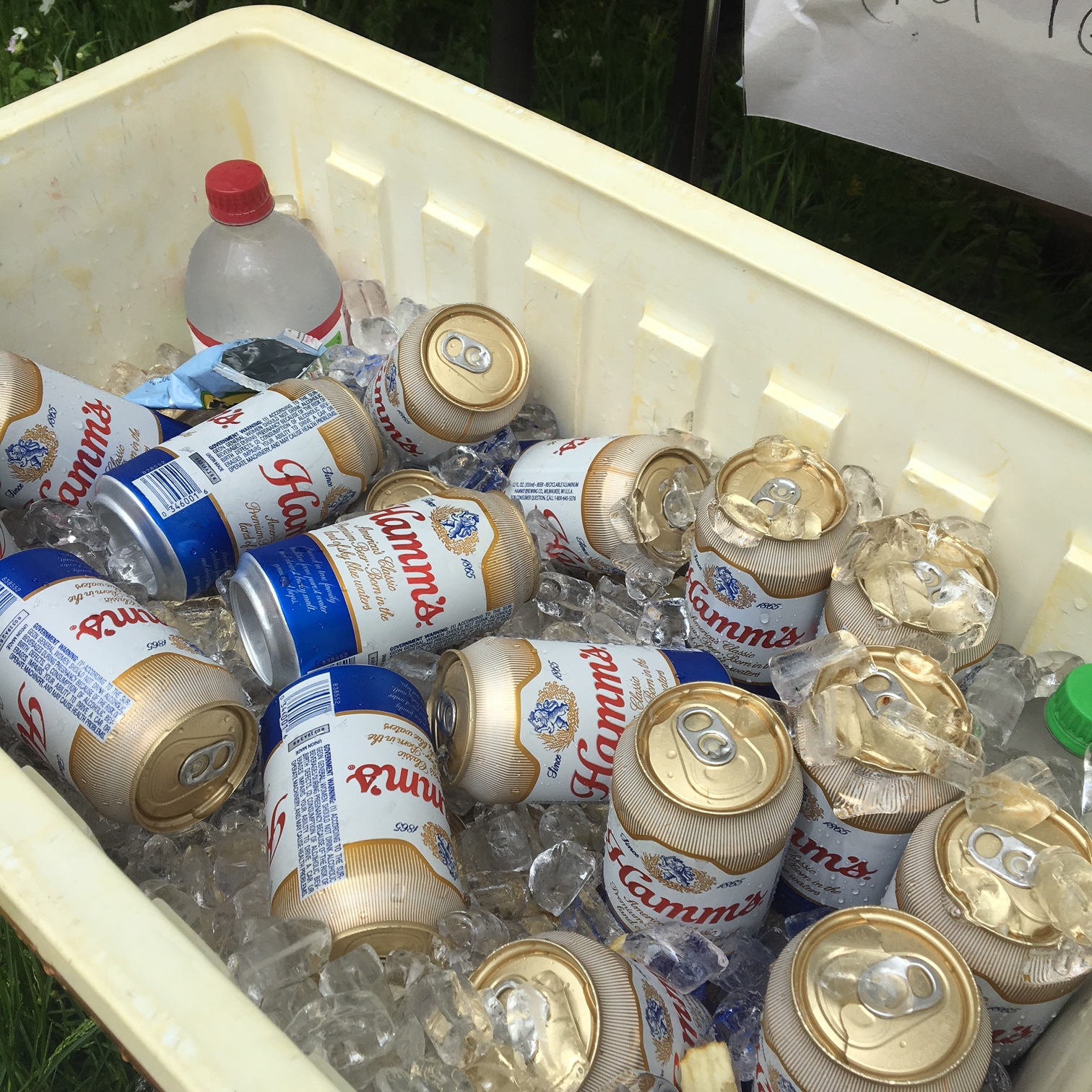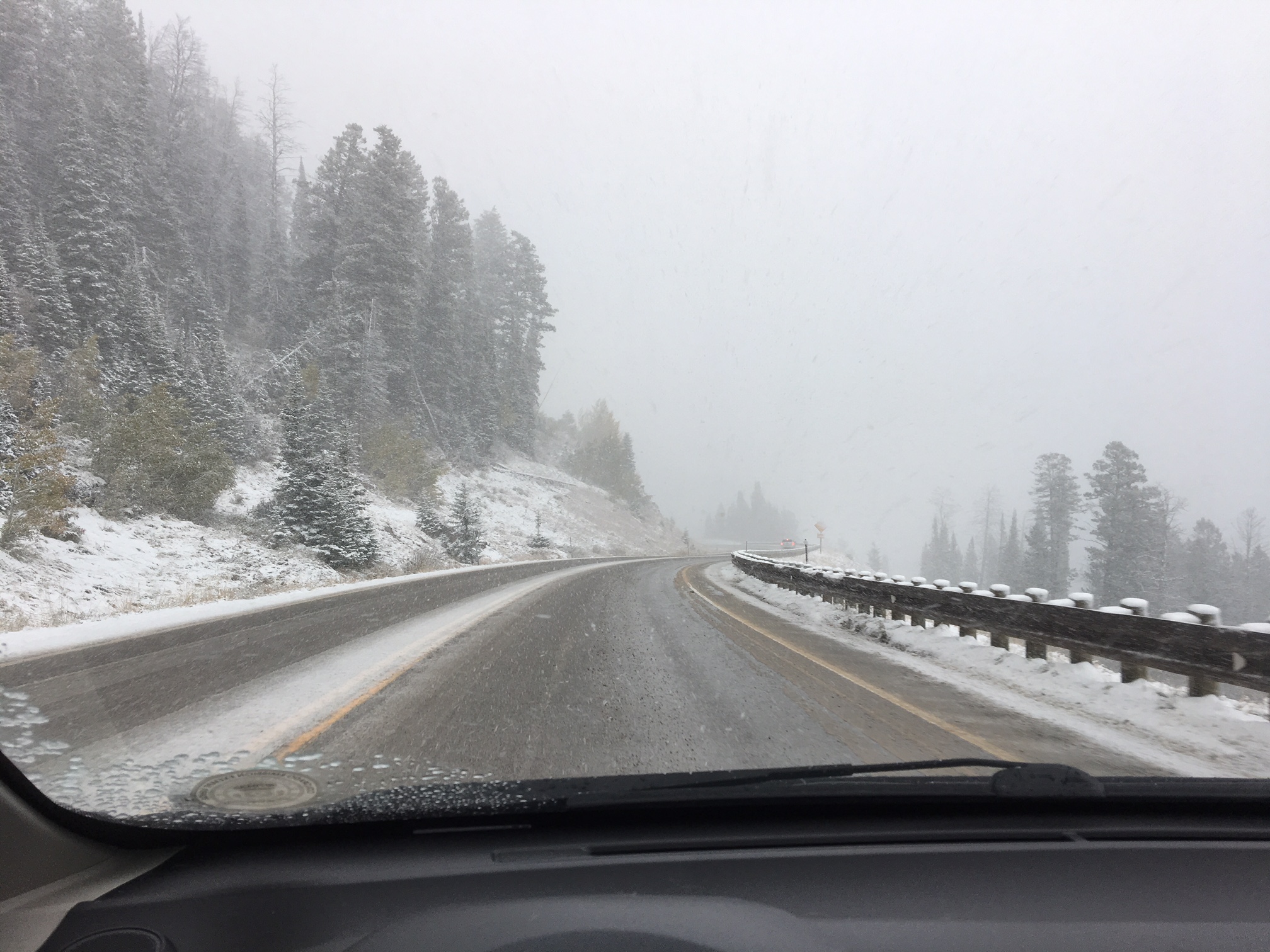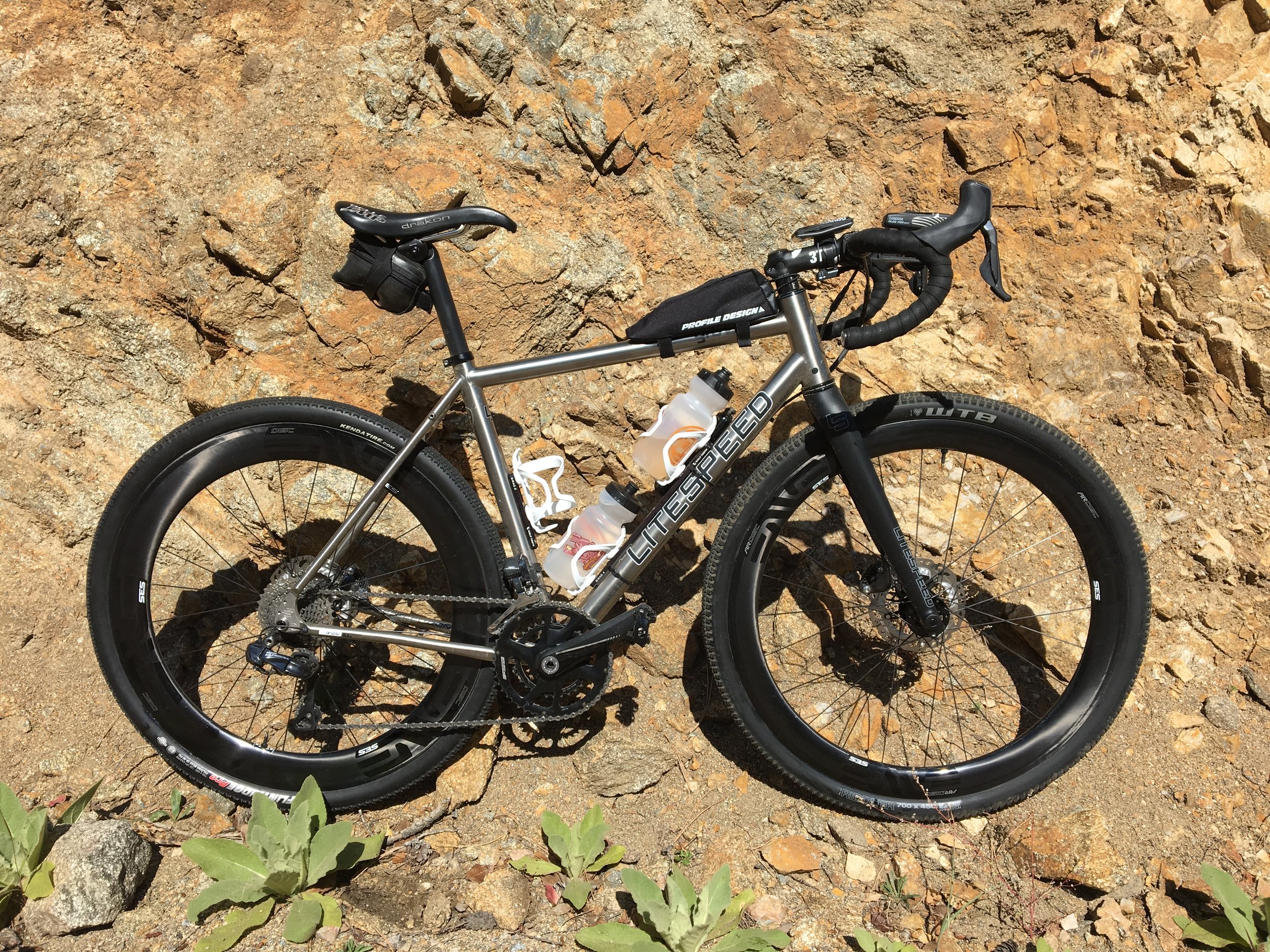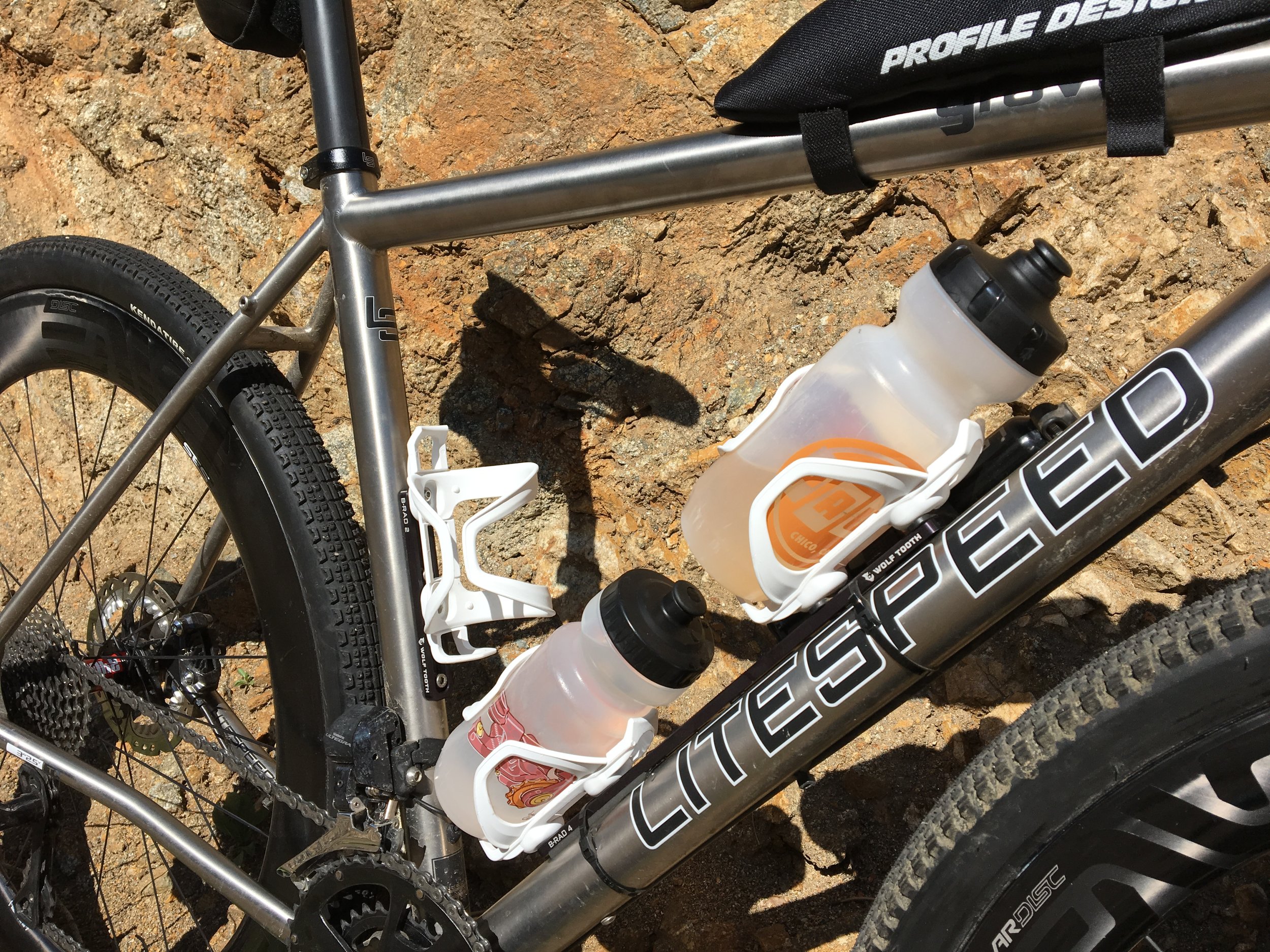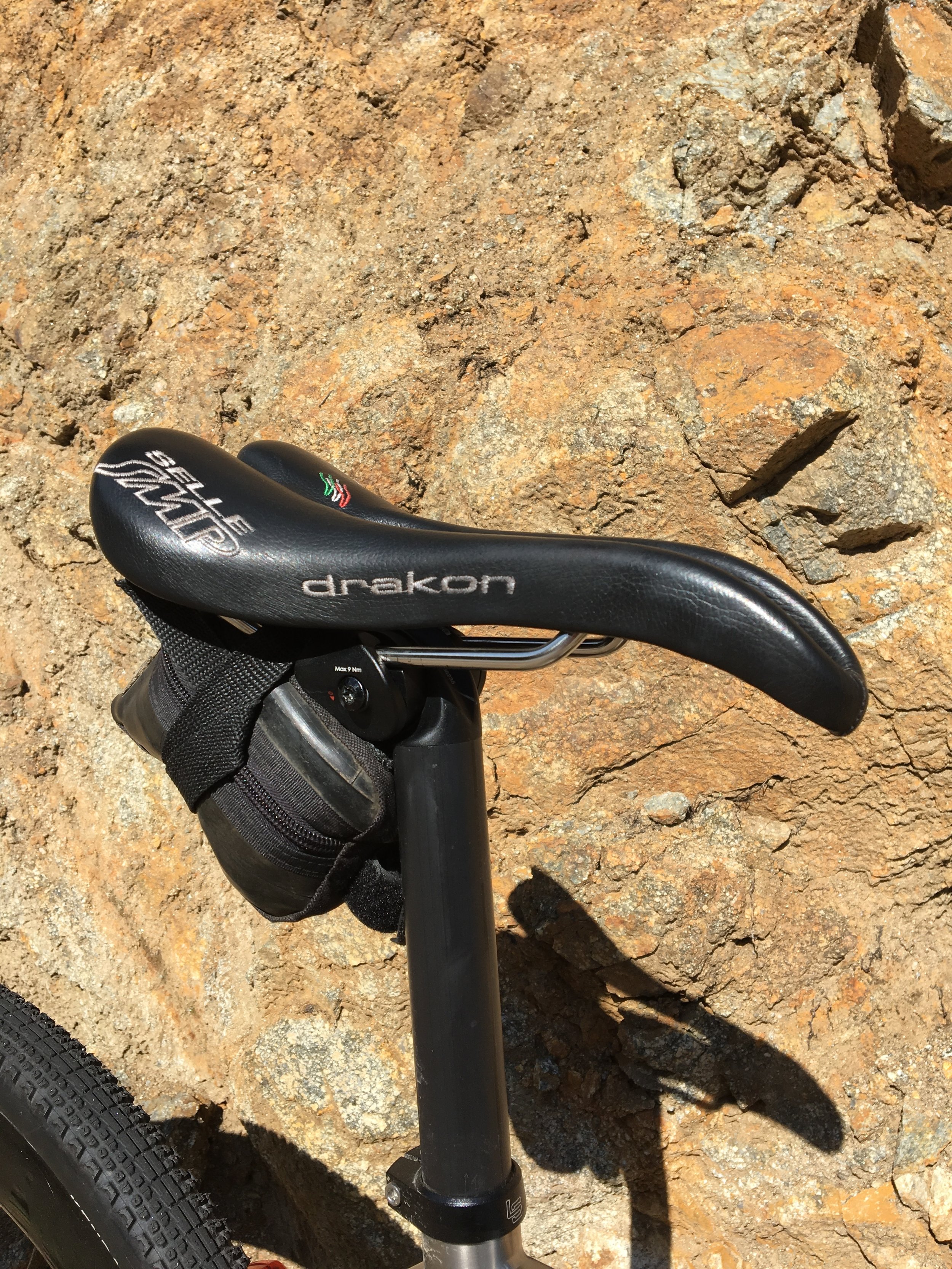The surprise water boil after a parade lap around the start area was a fun way to kick things off. Photo credit: Jay Petervary
Context is everything. And there are years of context when you ask someone how an ultra cycling event went for them. A challenge like Tour Divide or Fat Pursuit or Unbound can be a culminating moment of triumph or one of defeat. And often how one views the effort is the result of a long process of self-examination.
Nothing happens quickly or overnight. You build into bigger, longer, tougher challenges over the course of years and decades, not days or weeks or even months. Or at least, that’s what I’ve learned is a healthy approach to them. For some, the body is ready for something far outside the routine, but the mind may crumble in the doing of it. For others, the opposite is true, where mental toughness manifests a circumstance the body isn’t able to handle. If you haven’t developed both body and mind together, that lack of balance will make itself evident.
Photo credit: Rebecca Rusch
And so, when I think about my experience at Fat Pursuit, a winter, 200-kilometer bike, walk, and ski race in the West Yellowstone ecosystem of Idaho, I am pleased. I spent 20 hours on and alongside my fat bike, covering 64 of the intended 124 miles, and only 48 miles of them on course. The extra 16 miles were my self-extraction.
That time served as an important step in the long process of becoming the rider/adventurer I want to be. I proved to myself, after instruction, research, and practice, that I’m able to manage some pretty difficult conditions.
At no point during the event was I cold, dehydrated, hungry, or delirious. At no point did I allow negative thoughts to overwhelm me or dictate my actions. Instead, I rationally and enthusiastically moved forward. I continually checked in on my well-being, taking the required pauses to adjust layers, to eat, drink, check my progress. Put more succinctly, I did the thing well.
Tough trail conditions meant that I had never worked so diligently for progress. Snow machine traffic meant that we never experienced groomed track. Miles of whoops and loose snow required constant attention. Thankfully my GPS was tucked into a pocket to keep it warm. So I simply focused on moving forward. In many ways I completely lost track of time and distance. In retrospect, that’s not a terrible way to navigate a challenge like Fat Pursuit. Instead of staring at data, I found it more important to be present and focused. Periodically I would check before a turn and note my average speed so that I could perform the mental math for important route features ahead like a summit, checkpoint, or descent.
Where dreams are realized! Photo credit: Jay Petervary
But the conditions exacted their toll on me. Winter riding on rough trail means that you’re never coasting. And so there’s little opportunity for recovery while moving. The only stop I took was at the only checkpoint I reached. But it was anything but relaxing. I was busy refueling, refilling, and insulating against the cold that nightfall was about to bring. The forecast that Kurt Refsnider shared with me before the start called for temperatures in the negative thirty range. That’s pretty serious territory.
So at 8:20pm and mile 48, after 13 hours of movement, I decided to leave the race course. My progress was slower than anticipated and I was starting to have some difficulty breathing. The cold air was affecting my lungs in a way I’d never experienced. But I felt that I could safely find my way back to the finish area and my hotel room. The only alternative at that point was a snowmobile pick up. With the conditions that we were all experiencing, I didn’t want to use the resource in case others were in more dire need.
I called my wife and then the race organizer Jay Petervary to confirm that the way back to the hotel I had in mind was a reasonable idea. They both agreed and I started making my way back. On paper, it was 16 miles, mostly downhill, with the last three or four miles on pavement. But those 16 miles took another five and half hours to ride and walk. Trail conditions were as bad as ever and my lungs and general fatigue made for slow going. But I focused on being steady and moving forward.
Less than two miles from the hotel, at 2AM, now with all my layers on aside from rain gear, I was stopped by a police officer. He checked that I was okay, saying it was pretty silly to be outside in negative thirty-six degree weather. I said I was feeling pretty rough, but knew I could make it to the lodge. He offered a ride but said I’d have to leave my bike behind. In retrospect, I should have taken the ride. I could have easily returned with my van to collect my bike. But my stubborn mind wanted to get back on my own. An hour later (yep, two miles an hour for an hour), I rolled into the hotel parking lot.
Coincidentally, as I paused before attempting to climb a flight of stairs to the hotel’s front door, Jay pulled up in his truck. My face fully covered, he asked who I was, and we chatted for a minute. Jay helped me carry my bike up the stairs and then inside he welcomed me back to warmth. I wasn’t cold thankfully…just tired. Oh so tired.
For the next hour, I undressed, showered, ate some food and coughed. The coughing continued on and off for an hour, each time expelling phlegm, before I was able to sleep. But that sleep was the all the reward I needed.
You see, I like the idea of an event where Mother Nature can dictate the result. The idea is to prepare for the likely conditions and then use your best judgement to navigate them. Cycling is a sport that, for me, is played outdoors, with Nature and weather as integral parts of the arena.
So for me, Fat Pursuit was a success. I did the work I needed to do, both mentally and physically, to get myself into and out of a set of dangerous circumstances. It never felt risky. Instead it was measured and controlled. And I’ll carry the habits I formed and the lessons I practiced with me into my next adventures as I continue to build the context that is my life.

